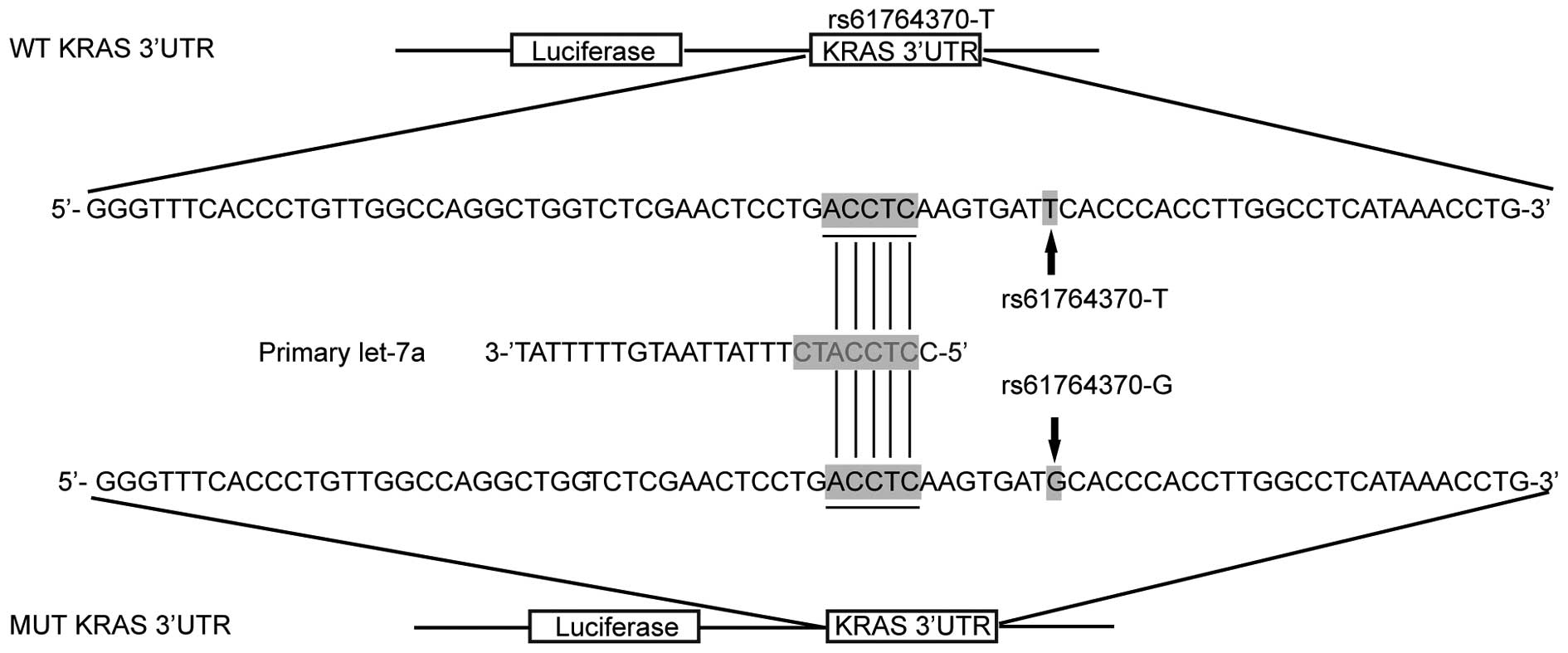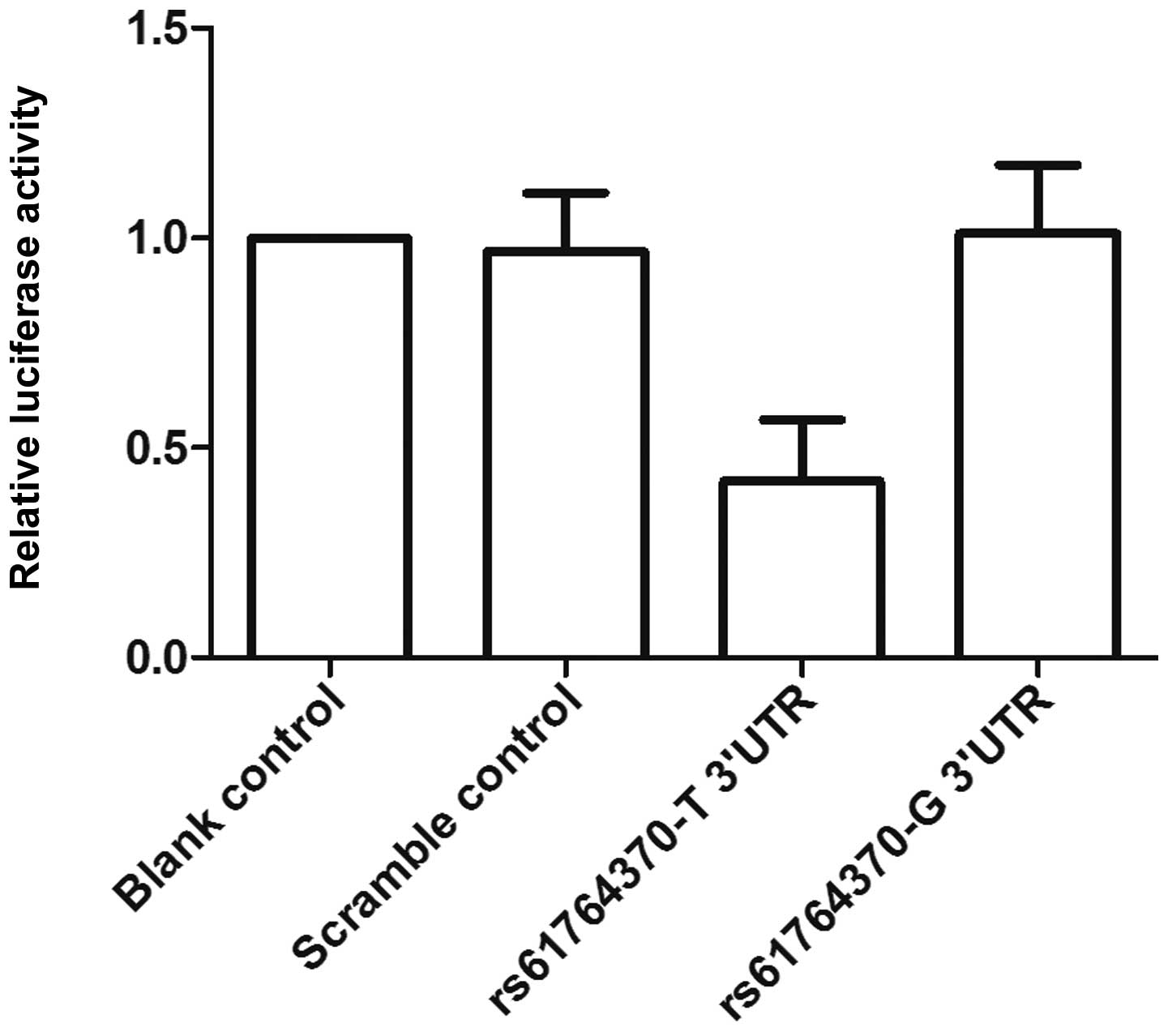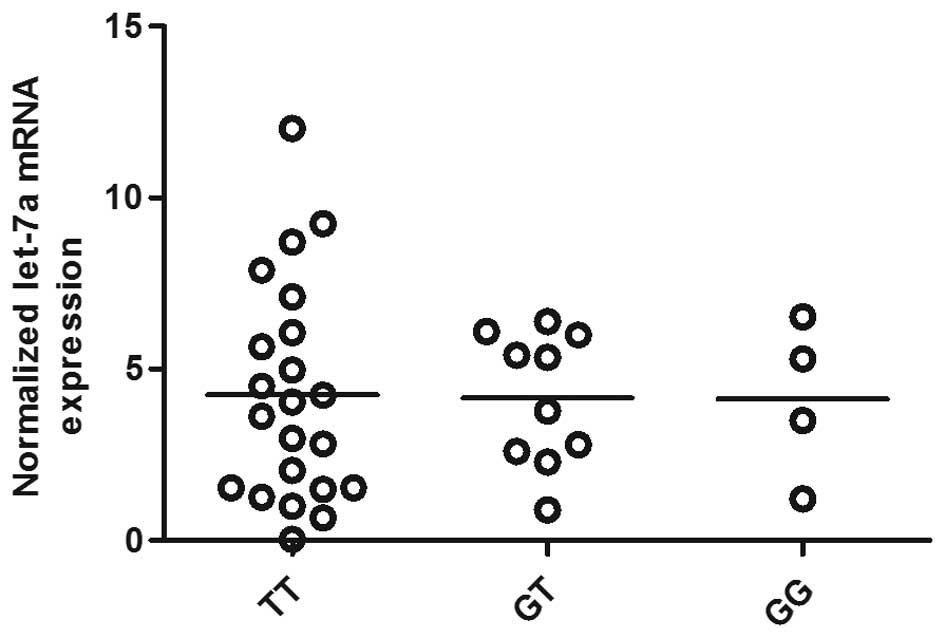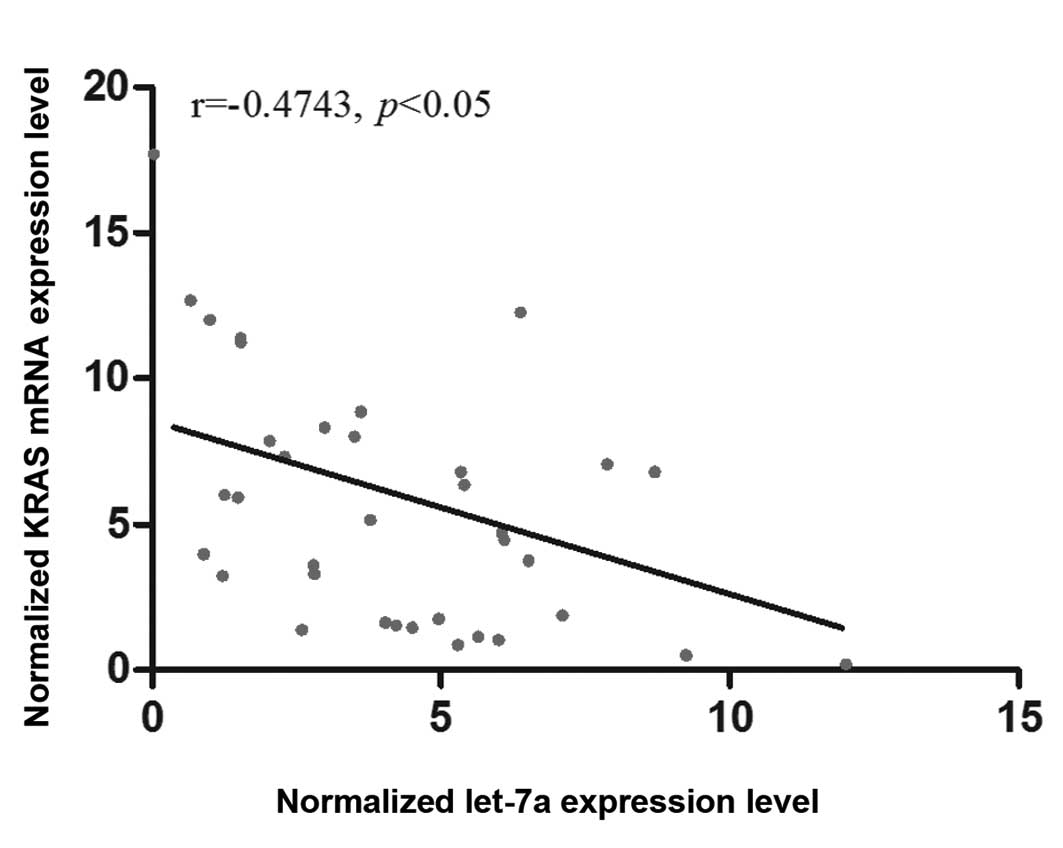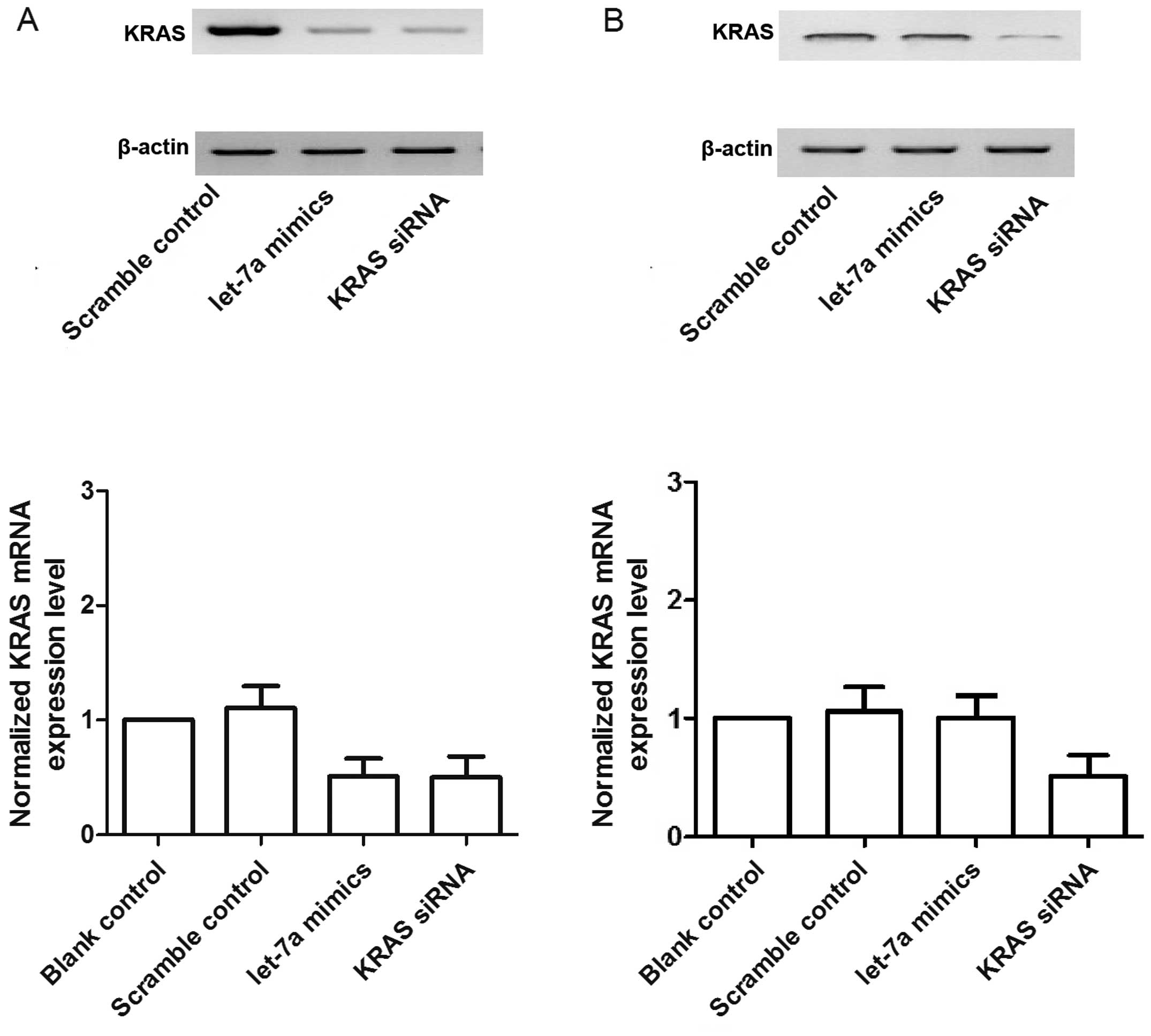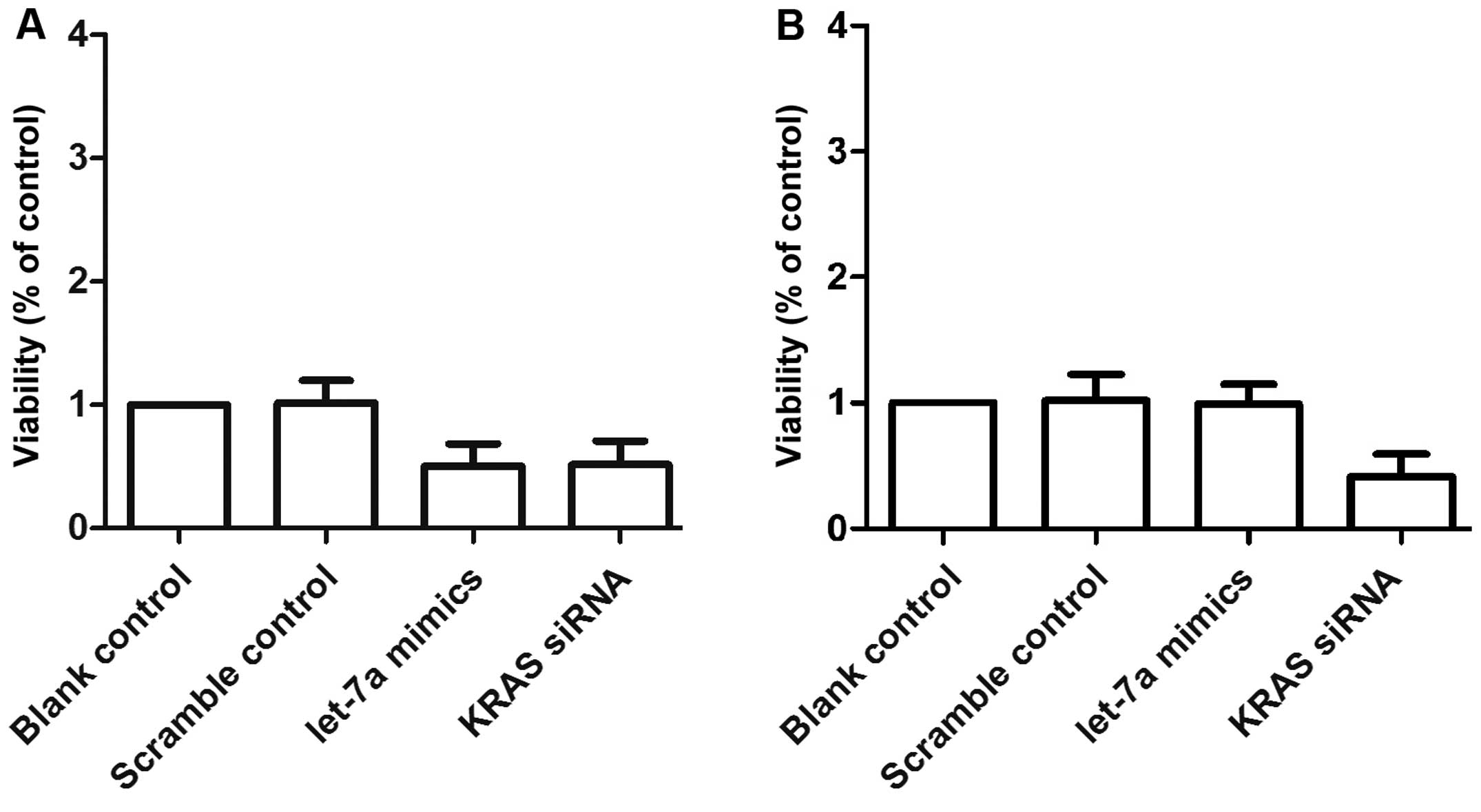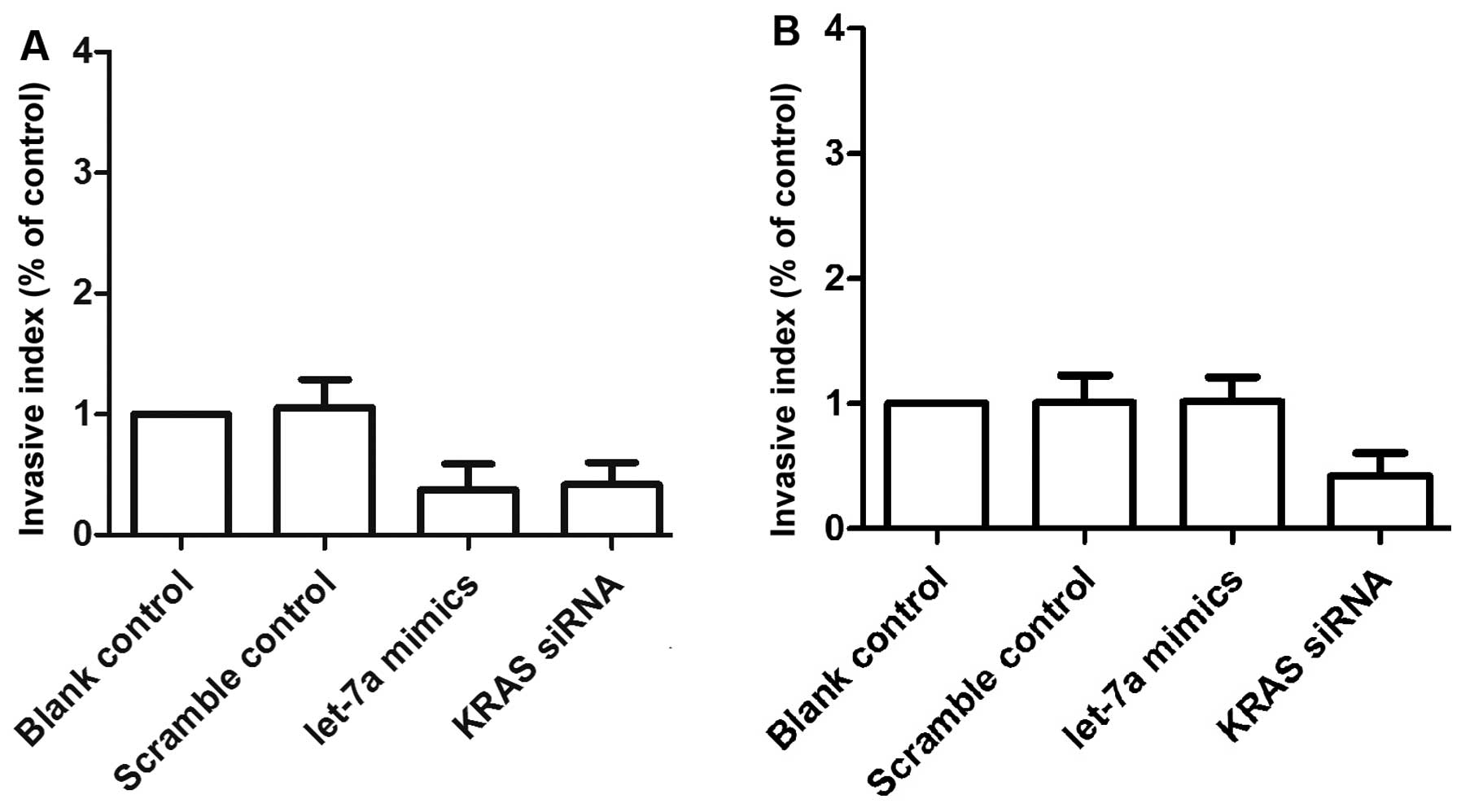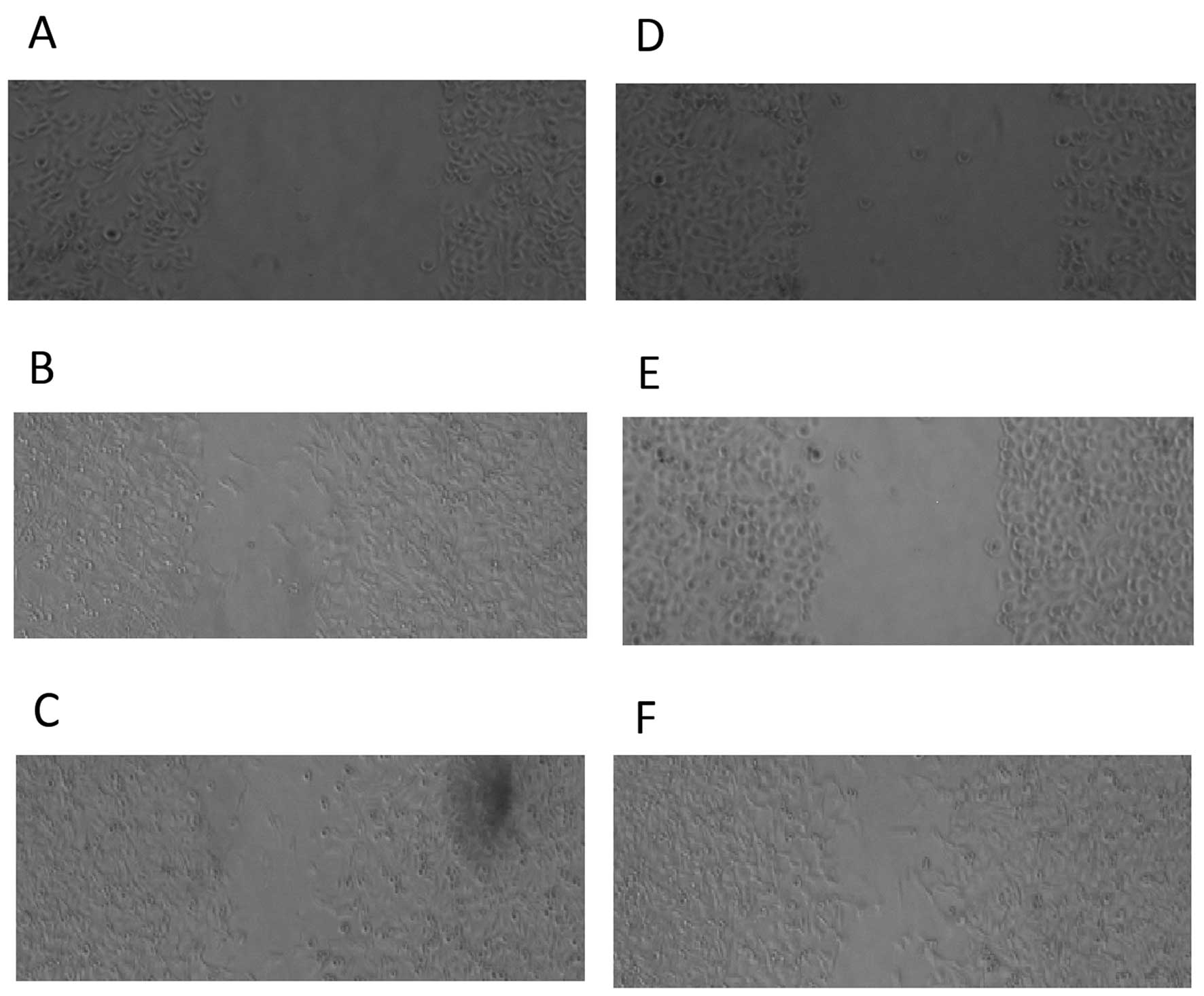|
1
|
Arndt CA and Crist WM: Common
musculoskeletal tumors of childhood and adolescence. N Engl J Med.
341:342–352. 1999. View Article : Google Scholar : PubMed/NCBI
|
|
2
|
Bielack SS, Marina N, Ferrari S, Helman
LJ, Smeland S, Whelan JS and Reaman GH: Osteosarcoma: the same old
drugs or more? J Clin Oncol. 26:3102–3103; author reply 3104–3105.
2008. View Article : Google Scholar : PubMed/NCBI
|
|
3
|
Gill J, Ahluwalia MK, Geller D and Gorlick
R: New targets and approaches in osteosarcoma. Pharmacol Ther.
137:89–99. 2013. View Article : Google Scholar
|
|
4
|
Longhi A, Errani C, De Paolis M, Mercuri M
and Bacci G: Primary bone osteosarcoma in the pediatric age: state
of the art. Cancer Treat Rev. 32:423–436. 2006. View Article : Google Scholar : PubMed/NCBI
|
|
5
|
Ferrari S and Palmerini E: Adjuvant and
neoadjuvant combination chemotherapy for osteogenic sarcoma. Curr
Opin Oncol. 19:341–346. 2007. View Article : Google Scholar : PubMed/NCBI
|
|
6
|
Ritter J and Bielack SS: Osteosarcoma. Ann
Oncol. 21(Suppl 7): vii320–vii325. 2010. View Article : Google Scholar : PubMed/NCBI
|
|
7
|
Bang YJ: Advances in the management of
HER2-positive advanced gastric and gastroesophageal junction
cancer. J Clin Gastroenterol. 46:637–648. 2012. View Article : Google Scholar : PubMed/NCBI
|
|
8
|
Nicoloso MS, Spizzo R, Shimizu M, Rossi S
and Calin GA: MicroRNAs - the micro steering wheel of tumour
metastases. Nat Rev Cancer. 9:293–302. 2009. View Article : Google Scholar : PubMed/NCBI
|
|
9
|
Xu JQ, Liu P, Si MJ and Ding XY:
MicroRNA-126 inhibits osteosarcoma cells proliferation by targeting
Sirt1. Tumour Biol. 34:3871–3877. 2013. View Article : Google Scholar : PubMed/NCBI
|
|
10
|
Zhang L, Yuan X, Chen Y, Du XJ, Yu S and
Yang M: Role of EGFR SNPs in survival of advanced lung
adenocarcinoma patients treated with gefitinib. Gene. 517:60–64.
2013. View Article : Google Scholar : PubMed/NCBI
|
|
11
|
Prior IA, Lewis PD and Mattos C: A
comprehensive survey of Ras mutations in cancer. Cancer Res.
72:2457–2467. 2012. View Article : Google Scholar : PubMed/NCBI
|
|
12
|
Paranjape T, Heneghan H, Lindner R, Keane
FK, Hoffman A, Hollestelle A, Dorairaj J, Geyda K, Pelletier C,
Nallur S, et al: A 3′-untranslated region KRAS variant and
triple-negative breast cancer: a case-control and genetic analysis.
Lancet Oncol. 12:377–386. 2011. View Article : Google Scholar : PubMed/NCBI
|
|
13
|
Liu JM, Long XH, Zhang GM, Zhou Y, Chen
XY, Huang SH, Liu ZL and Zhang ZH: Let-7g reverses malignant
phenotype of osteosarcoma cells by targeting Aurora-B. Int J Clin
Exp Pathol. 7:4596–4606. 2014.PubMed/NCBI
|
|
14
|
Pignochino Y, Grignani G, Cavalloni G,
Motta M, Tapparo M, Bruno S, Bottos A, Gammaitoni L, Migliardi G,
Camussi G, et al: Sorafenib blocks tumour growth, angiogenesis and
metastatic potential in preclinical models of osteosarcoma through
a mechanism potentially involving the inhibition of ERK1/2, MCL-1
and ezrin pathways. Mol Cancer. 8:1182009. View Article : Google Scholar : PubMed/NCBI
|
|
15
|
He XY, Chen JX, Zhang Z, Li CL, Peng QL
and Peng HM: The let-7a microRNA protects from growth of lung
carcinoma by suppression of k-Ras and c-Myc in nude mice. J Cancer
Res Clin Oncol. 136:1023–1028. 2010. View Article : Google Scholar
|
|
16
|
Wang YY, Ren T, Cai YY and He XY: MicroRNA
let-7a inhibits the proliferation and invasion of nonsmall cell
lung cancer cell line 95D by regulating K-Ras and HMGA2 gene
expression. Cancer Biother Radiopharm. 28:131–137. 2013. View Article : Google Scholar
|
|
17
|
Luu C, Heinrich EL, Duldulao M, Arrington
AK, Fakih M, Garcia-Aguilar J and Kim J: TP53 and let-7a micro-RNA
regulate K-Ras activity in HCT116 colorectal cancer cells. PLoS
One. 8:e706042013. View Article : Google Scholar : PubMed/NCBI
|
|
18
|
Johnson SM, Grosshans H, Shingara J, Byrom
M, Jarvis R, Cheng A, Labourier E, Reinert KL, Brown D and Slack
FJ: RAS is regulated by the let-7 microRNA family. Cell.
120:635–647. 2005. View Article : Google Scholar : PubMed/NCBI
|
|
19
|
Kumar MS, Erkeland SJ, Pester RE, Chen CY,
Ebert MS, Sharp PA and Jacks T: Suppression of non-small cell lung
tumor development by the let-7 microRNA family. Proc Natl Acad Sci
USA. 105:3903–3908. 2008. View Article : Google Scholar : PubMed/NCBI
|
|
20
|
Takamizawa J, Konishi H, Yanagisawa K,
Tomida S, Osada H, Endoh H, Harano T, Yatabe Y, Nagino M, Nimura Y,
et al: Reduced expression of the let-7 microRNAs in human lung
cancers in association with shortened postoperative survival.
Cancer Res. 64:3753–3756. 2004. View Article : Google Scholar : PubMed/NCBI
|
|
21
|
Lee YS and Dutta A: The tumor suppressor
microRNA let-7 represses the HMGA2 oncogene. Genes Dev.
21:1025–1030. 2007. View Article : Google Scholar : PubMed/NCBI
|
|
22
|
Yu Y, Luk F, Yang JL and Walsh WR:
Ras/Raf/MEK/ERK pathway is associated with lung metastasis of
osteosarcoma in an orthotopic mouse model. Anticancer Res.
31:1147–1152. 2011.PubMed/NCBI
|
|
23
|
Song L, Xiong H, Li J, Liao W, Wang L, Wu
J and Li M: Sphingosine kinase-1 enhances resistance to apoptosis
through activation of PI3K/Akt/NF-κB pathway in human non-small
cell lung cancer. Clin Cancer Res. 17:1839–1849. 2011. View Article : Google Scholar : PubMed/NCBI
|
|
24
|
Shirakihara T, Horiguchi K, Miyazawa K,
Ehata S, Shibata T, Morita I, Miyazono K and Saitoh M: TGF-β
regulates isoform switching of FGF receptors and
epithelial-mesenchymal transition. EMBO J. 30:783–795. 2011.
View Article : Google Scholar : PubMed/NCBI
|
|
25
|
Nakabayashi H and Shimizu K: HA1077, a Rho
kinase inhibitor, suppresses glioma-induced angiogenesis by
targeting the Rho-ROCK and the mitogen-activated protein kinase
kinase/extracellular signal-regulated kinase (MEK/ERK) signal
pathways. Cancer Sci. 102:393–399. 2011. View Article : Google Scholar
|
|
26
|
Halaban R, Zhang W, Bacchiocchi A, Cheng
E, Parisi F, Ariyan S, Krauthammer M, McCusker JP, Kluger Y and
Sznol M: PLX4032, a selective BRAF (V600E) kinase inhibitor,
activates the ERK pathway and enhances cell migration and
proliferation of BRAF melanoma cells. Pigment Cell Melanoma Res.
23:190–200. 2010. View Article : Google Scholar : PubMed/NCBI
|
|
27
|
Wellbrock C, Karasarides M and Marais R:
The RAF proteins take centre stage. Nat Rev Mol Cell Biol.
5:875–885. 2004. View
Article : Google Scholar : PubMed/NCBI
|
|
28
|
Sivaraman VS, Wang H, Nuovo GJ and Malbon
CC: Hyperexpression of mitogen-activated protein kinase in human
breast cancer. J Clin Invest. 99:1478–1483. 1997. View Article : Google Scholar : PubMed/NCBI
|
|
29
|
Pharoah PD, Palmieri RT, Ramus SJ, Gayther
SA, Andrulis IL, Anton-Culver H, Antonenkova N, Antoniou AC,
Goldgar D, Beattie MS, et al: The role of KRAS rs61764370 in
invasive epithelial ovarian cancer: implications for clinical
testing. Clin Cancer Res. 17:3742–3750. 2011. View Article : Google Scholar : PubMed/NCBI
|
|
30
|
Chin LJ, Ratner E, Leng S, Zhai R, Nallur
S, Babar I, Muller RU, Straka E, Su L, Burki EA, et al: A SNP in a
let-7 microRNA complementary site in the KRAS 3′ untranslated
region increases non-small cell lung cancer risk. Cancer Res.
68:8535–8540. 2008. View Article : Google Scholar : PubMed/NCBI
|
|
31
|
Nelson HH, Christensen BC, Plaza SL,
Wiencke JK, Marsit CJ and Kelsey KT: KRAS mutation, KRAS-LCS6
polymorphism, and non-small cell lung cancer. Lung Cancer.
69:51–53. 2010. View Article : Google Scholar :
|
|
32
|
Jia Y, Zang A, Shang Y, Yang H, Song Z,
Wang Z, Ren L, Wei Y, Hu L, Shi H and Li H: MicroRNA-146a rs2910164
polymorphism is associated with susceptibility to non-small cell
lung cancer in the Chinese population. Med Oncol. 31:1942014.
View Article : Google Scholar : PubMed/NCBI
|
|
33
|
Kong Y, Wu JB, Wang X, Zhao JF, Song H and
Yuan LD: Polymorphism of the OLR1 3′ UTR potential microRNA binding
site and risk of Alzheimer's disease: a meta-analysis. Genet Mol
Res. 13:10162–10172. 2014. View Article : Google Scholar : PubMed/NCBI
|
|
34
|
Sclafani F, Chau I, Cunningham D, Peckitt
C, Lampis A, Hahne JC, Braconi C, Tabernero J, Glimelius B,
Cervantes A, et al: Prognostic role of the LCS6 KRAS variant in
locally advanced rectal cancer: results of the EXPERT-C trial. Ann
Oncol. 26:1936–1941. 2015. View Article : Google Scholar : PubMed/NCBI
|
|
35
|
Ying HQ, Wang F, He BS, Pan YQ, Gao TY, Xu
YQ, Li R, Deng QW, Sun HL and Wang SK: The involvement of Kras gene
3′ UTR polymorphisms in risk of cancer and influence on patient
response to anti-EGFR therapy in metastatic colorectal cancer: a
meta-analysis. Onco Targets Ther. 7:1487–1496. 2014.
|
|
36
|
Ovarian Cancer Association Consortium;
Breast Cancer Association Consortium; Consortium of Modifiers of
BRCA1 and BRCA2; Hollestelle A, van der Baan FH, Berchuck A,
Johnatty SE, Aben KK, Agnarsson BA, Aittomäki K, Alducci E,
Andrulis IL, Anton-Culver H, et al: No clinical utility of KRAS
variant rs61764370 for ovarian or breast cancer. Gynecol Oncol.
141:386–401. 2016. View Article : Google Scholar
|



